
The All-New Renault Duster is Here
After a two-year absence from the South African market, the mighty Renault Duster is back...
 12 March 2025
12 March 2025 
Travelling to the Kruger National Park is an African adventure that can be enjoyed really, at any time of the year. It all depends on what you would like to see when at the Kruger Park, as each season has in tow a range of highlights. Some guests to the Kruger enjoy the summer months (the wet and rainy season), where the surrounds are lush and green with the African summer-loving atmosphere abounding. Game viewing is not the ultimate goal in this case, as the vegetation surrounding is dense at this time: not optimal for spotting the various wildlife.
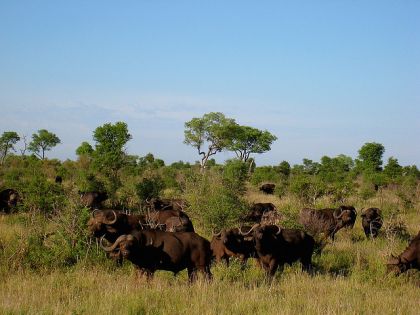 Photo By Mithril
Photo By Mithril
The avid game viewing traveller will definitely want to visit the Kruger National Park in the season where the majority of the wildlife will be more prevalent and easy to spot. The optimum time for this would then be the dry season, which usually occurs within the winter months of Southern Africa, that being May to August. The fact that the vegetation is less dense, means that the plains are open and sparse, allowing for the easy locating and spotting of wildlife; as well as the fact that water is quite scarce at this time, attracting the many diversities of game to the watering holes, thus making visibility of the wildlife abounding quite great.
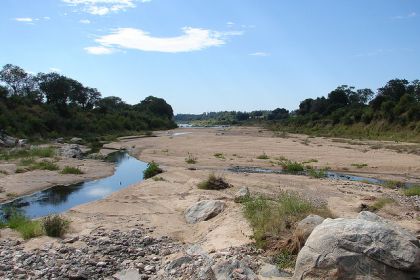
Photo By Ungulate Dave
Usually, very hot and humid conditions accompanied by perpetual rain. It is during this time that many species game give birth to the next generation of wildlife, making these months the time of rebirth.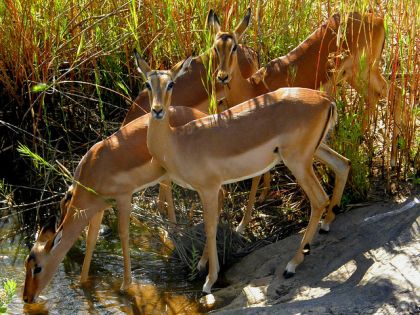
Photo By Jacques S G
This is the optimal time for avid bird watchers. Although still hot, conditions begin to wind down, thus as summer makes its way out the door, so do the migratory birds begin their journey, chasing summer. As April gets into full swing, so does the vegetation surrounds begin to reflect the autumn of things. The bush begins to turn from a lush green oasis into a slightly sparser landscape. The temperatures begin to cool, and accordingly, the rain starts to dwindle too.
The landscape at the Kruger National Park is at this stage devoid of any green, the brown, leafless surrounds epitomise the cold of the winter season.
Conditions are extremely cold and dry at this time. Game viewing is at its optimum now, as visibility is fantastic and the wildlife tends to congregate around the various watering holes located throughout the park. 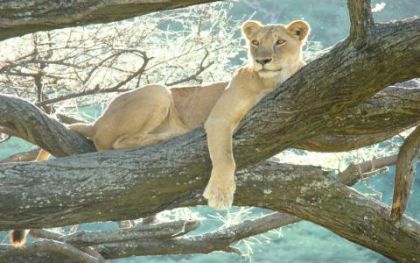
Photo By Eyesonnatureexpeditions
As spring rears its head, it brings with the height of the dry season: hot dry winds and colourless, sparse vegetation. With the rivers and dams being at its lowest at this stage, the concentrations of game that can be viewed at the watering holes are high, which in turn makes for spectacular game viewing in general. As the first rains begin to shower down towards the end of October, the cycle of life and the wild continues regardless, ushering the next generation into play.
All in all, as with most things in life: one is left with choices. When trying to ascertain the best time to visit the Kruger National Park, all you need to do is ask yourself what you are expecting to gain out of your Kruger experience? If game viewing is the main aim for your Kruger trip, then without a doubt, the best time to get yourself to Kruger Park would be in the dry season.
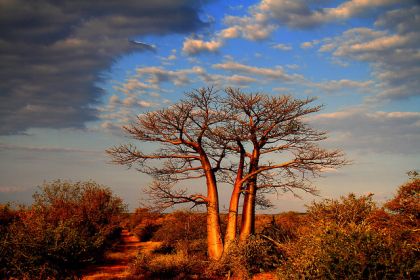
Photo By SomewhereOutside
Be sure to check out the post on The Kruger Park in Black and White, for a little taste of what you can expect on your Kruger safari.